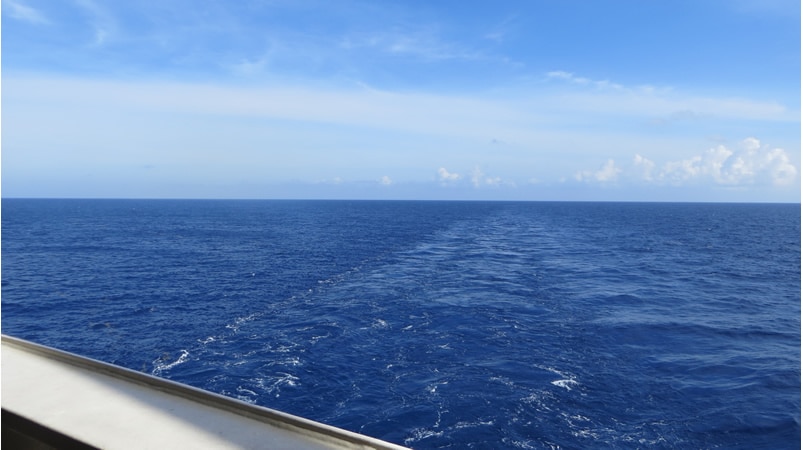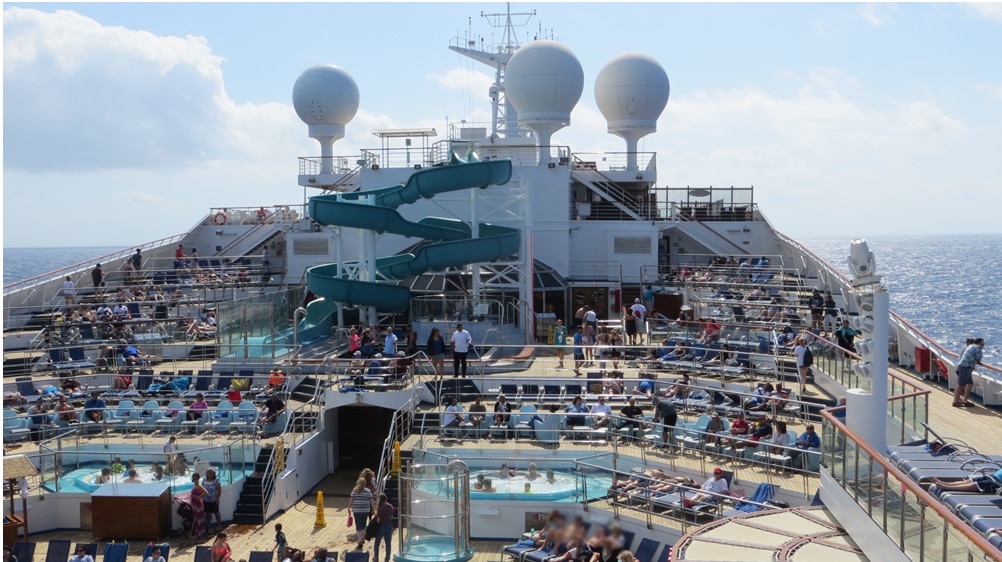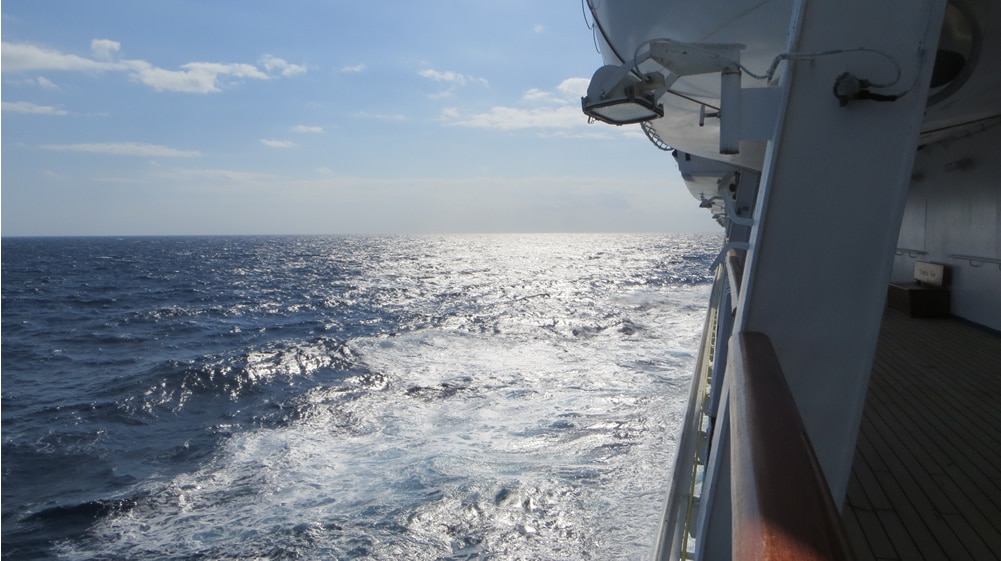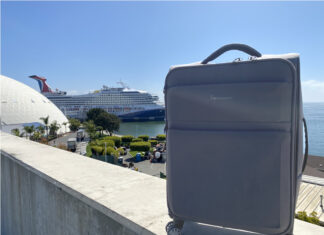To say that the current health crisis has had an impact on cruising would be a huge understatement.
While the entire industry suspending operations in the United States (and for some lines, the entire world), is a historic move in cruising, it was actually just one of many steps the cruise lines have taken.

In the months before, the cruise industry cancelled trips from Asia, stepped up sanitation efforts, restricted boarding to those in impacted countries, and more.
Even so, the spread around the world hit the entire industry — and a number of cruise ships — extremely hard.
At this point there is nothing for cruise fans to do but wait. The voluntary 30-day suspension of cruising in the United States is set to end mid-April. Whether it is extended remains to be seen. With many entities, including schools, closing for longer periods of time, a longer suspension of cruises isn’t out of the question.
No matter when ships get to sailing again, one thing is for sure. It won’t just back to cruising as usual. The impact is bound to be felt for years to come in ways both large and small.
Here are some ways we could see changes in cruising after this crisis subsides…
More Sanitation on Cruise Ships
During the outbreak, cruise lines across the world stepped up their sanitation routines on ships to help fight against any spread onboard.
This included cleaning and disinfecting public areas and frequent touchpoints like handrails. It also meant the staff often handled food in buffets instead of passengers. And additional hand sanitizer stations were placed throughout the ship.
Don’t expect these moves to go away once there is a return to sailing. The risk of another outbreak is too great to leave anything to chance, while the additional costs of these measures is relatively low. It could also help put passengers at ease if they are still worried about their health.
High Alert to Potential Cases
Have a fever? Feeling unwell? Show any potential signs of illness that is going around? Don’t be surprised if you get a visit from the ship’s doctor, or if you are screened before even boarding.
Cruise lines are likely to be on high alert for any potential cases once sailing resumes and that goes for any other sort of illness.
This could mean more instances of people being denied boarding if they are thought to be a health threat or more in-room quarantines if someone gets sick on the ship.
Bigger Discounts to Set Sail

One positive that might come from this entire ordeal? It’s likely that you’ll see bigger discounts on cruises in the months ahead.
As cruise lines work to set sail again, part of its efforts will be convincing some people that cruising is safe. For those on a budget, price could be a big draw to get them off the fence.
Even before the suspension of cruises we were seeing some price drops as the crisis spread and some ships came under quarantine.
While most drops seemed to be relatively modest (we spotted some cruises that were $50-100 per person lower than just a week or two earlier), future prices could be much lower. This could especially be the case right as cruises start sailing again and the past few months are still fresh in people’s memories.
More/Higher Costs on the Ship
While we think that cruise prices are likely to be lower in the months ahead to entice people to sail, we’d also expect more and higher prices for extras once on the ship.
Before the outbreak cruise lines made about 35-40% of their revenue from onboard spending. Onboard spending is a collective term that includes everything from gambling to drinks to specialty restaurants, excursions, onboard shops and more. It’s a major source of cruise line revenue.
For years the prices for items onboard have creeped up, including more specialty restaurants and charges for activities on ships. With a low headline price to get passengers booking, don’t be surprised if cruise lines try to make up lower revenue by charging more for things during the sailing.
More Restrictions From Ports of Call

This crisis has impacted the world, and that includes not just the United States or cruise ships. Ports of call have the task of balancing the tourism dollars that come with letting cruise ships dock with the potential health risks.
During the outbreak we saw some ports of call turn away ships that had sick passengers — even if they weren’t confirmed to be carrying the virus.
As cruise lines begin operating again, ports are sure to welcome them with open arms but also with lots of caution. It wouldn’t be surprising to see ports continue to turn ships away now and then if passengers on board have had symptoms of serious illness. They could also have their own health checks for debarking passengers.
Less Crowded Ships
Normally cruise ships sail above capacity. The average capacity for lines was around 105-108% in recent years. This means that on average each cabin has at least two people in it, and some have three or more.
We’d expect those numbers to be lower for months in the future as the industry rebounds.
That means your ship might not seem quite as crowded. For passengers that can be a good thing. Reservations at specialty restaurants might be easier to get and other eateries like the buffet would be less hectic. As well, that chair by the pool might be easier to get on the day at sea.
More Front Page Stories About Outbreaks
Expect everyone — from passengers to the public to the media — to be tuned into any outbreaks that happen to cruise ships anytime soon.
Outbreaks of stomach illness have been in the headlines for years on ships. In fact, the CDC keeps a list of outbreaks, including several that have occurred during the current crisis.
We think it’s almost certain that even after things begin to return to normal these stories will get outsized coverage compared to what they did before. The interest in this sort of news figures to be at an all-time high.
Fewer Refurbishments of Existing Ships

All the major cruise lines have been on a run of refurbishments for their ships. It’s been a necessity to keep up with the competition and even the cruise line’s own fleet of newer ships.
However, with the financial impact that the crisis has had on the industry, it’s likely that cruise lines will need to scale back plans for years to come to strengthen their balance sheets. While some refurbishments will continue, expect them to be fewer in number or have smaller updates done.
This will help the cruise lines save some money and better weather the storm they’ve faced.
Fewer New Ships Built
One of the longest-lasting impacts? It could be in the introduction of new ships years from now. Today a modern cruise ship can easily cost $1 billion (or more) to build. That’s money that cruise lines could use to otherwise strengthen their balance sheets.
Now, cruise ships already under construction are likely to continue being built. With so much money already invested, lines (and lenders) would prefer to see them finished and earning money.
Don’t be surprised, however, if you see ships that are planned in the future (and haven’t started construction) be scuttled for the time being. With the significant cost of ships, it is an easy way for the cruise line to save money for now.






